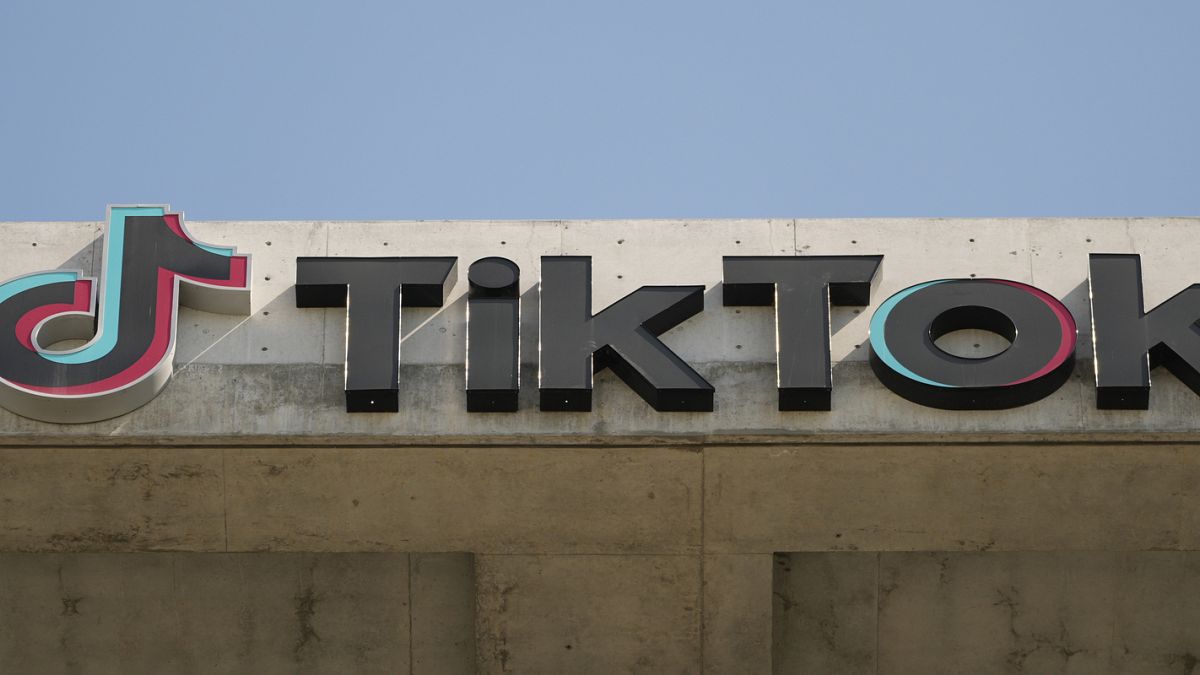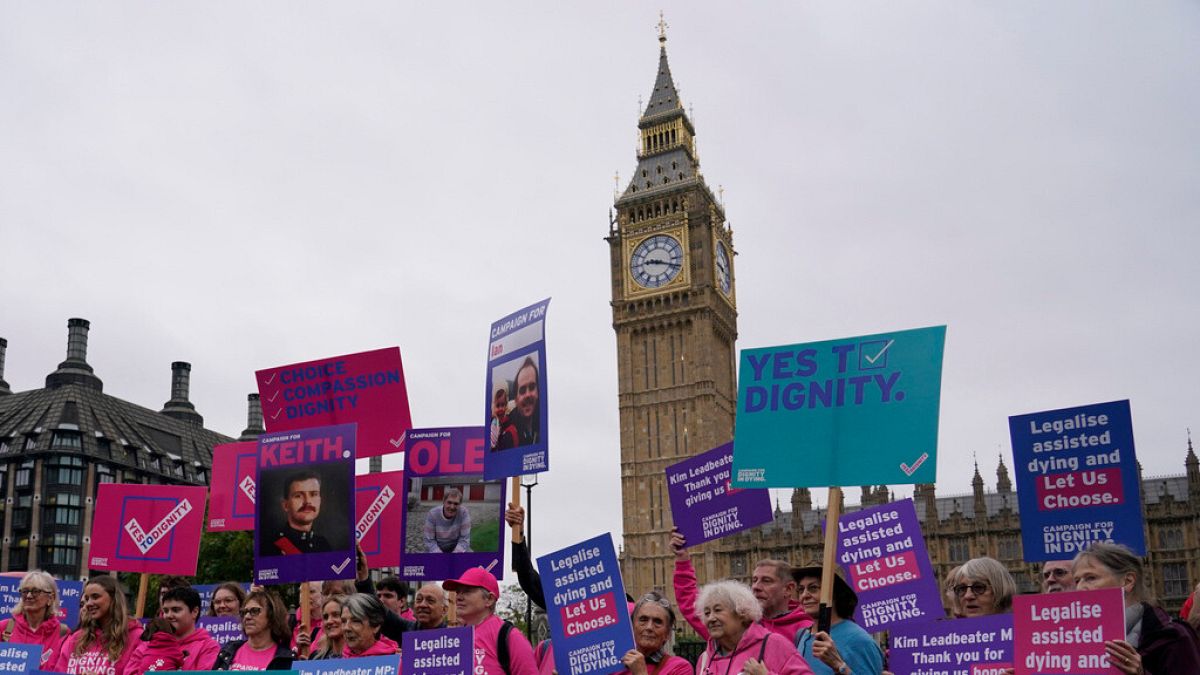The glittering new centrepiece of Whanganui city’s $70 million art gallery redevelopment reflects a changing city where iwi heritage and partnership are valued, the gallery’s director says.
Andrew Clifford said local and tribal stories are front and centre in the expanded Te Whare o Rehua Sarjeant Gallery and its contemporary new wing.
The gallery was named as one of the top 20 cultural spots in National Geographic’s “Best of The World” list for 2024.
A grand reopening on November 9 is expected to be one of the year’s most significant creative industry events.
The black-granite addition – named for Whanganui River rangatira, the late Sir Archie Taiaroa – has been co-designed with iwi artists to reflect tribal stories.
Te Pātaka o Tā Te Atawhai Archie John Taiaroa will be unveiled next month in a dawn opening and rededication ceremony led by iwi.
The state-of-the-art wing was developed through a co-design process between architect Warren and Mahoney and local iwi artist group Te Kāhui Toi o Tūpoho, which was appointed by iwi entity Te Rūnanga o Tūpoho.
“The new building incorporates stories that are of this region, of the awa [the Whanganui River] and specifically from tribal stories, and these stories are embedded in the actual building,” Clifford said.
The new entranceway features a carved tōtara waka which acts as a walk bridge connecting the original neo-classical building to the new wing.
Etched motifs on the black façade and steel “tiota” inserts, which glint in the light, represent the overarching design concept of kānapanapa, the phenomenon of reflected light from the river environment.
Clifford said the new complex would advance the aspirations of benefactor Henry Sarjeant, who in 1912 left the equivalent of more than $70 million to establish the gallery as “a means of inspiration for ourselves and those who come after us”.

“Sir Archie also spoke of our grandchildren’s grandchildren. They were always in his mind and are in our minds today.
“Our new gallery enables us to follow that kaupapa. The new facilities set us up for the future, enabling us to link to the region, tell our stories of this place and connect ourselves to the wider world.”
Taonga for the opening exhibition Nō Konei/From Here arrived in Whanganui this week from Okains Bay Museum in Banks Peninsula.
The taonga, which are hīnaki (eel traps), form part of the solo project by Matthew McIntyre-Wilson, which follows his extensive research into local tribal stories and traditional Māori weaving techniques.
“That project links up so many of our aspirations for how Te Whare o Rehua will connect with the region. He has been up the river as part of his research and has also held workshops upriver to support the revitalisation of customary practices.
“Projects like these will set us up for our future and ensure that these practices will continue.”
The Sarjeant Gallery – owned by Whanganui District Council – opened in 1919 and houses a nationally significant collection of more than 8500 works of art.
The redevelopment project is a partnership between Whanganui District Council, Whanganui iwi and hapū, central government, and supporters and benefactors, with support from the Sarjeant Gallery Trust.
The gallery complex now spans more than 4500 square metres and features 10 exhibition spaces, a shop and cafē, and event and meeting rooms.
There is also a climate-controlled storage area for the permanent collection of works, a photographic studio and workshops.
“The renewal of the heritage building and our purpose-built pātaka give us much more contemporary facilities – good air conditioning, climate control through the gallery spaces, which enables us to have works on loan from the likes of Te Papa and Okains Bay Museum,” Clifford said.
“Under the lawn, we now have proper, purpose-built underground facilities for the collection. This is a critical space because we are the custodians of this collection for future generations.”
Most of the collection will be moved from the gallery’s Taupō Quay premises to the new storage facilities over the next year.
The expanded facilities give the gallery a much wider purpose, Clifford said.
“Te Whare o Rehua is going to be a place for everyone, for the entire community, where we can bring people together.
“With meeting rooms and social spaces like the cafē, the gallery will be much more of a community hub, where people can come to talk and wānanga.”
A dawn ceremony from 4.30am on Saturday, November 9, will precede the opening of the doors at 9.30am. A full weekend of events will follow.
Musicians will perform on an outdoor stage. The New Zealand Opera School will present a concert and tangata whenua will showcase kapa haka.
Brass Whanganui will lead a mass performance and, after-dark, light projections will feature works by visual and moving image artists.
On Sunday, a discussion will explore the leadership and legacy of Tā Archie Taiaroa. There will also be talks with artists, a presentation about the crafting of the waka walk bridge, and a discussion about the co-design process with iwi artists and Warren and Mahoney.
Local Democracy Reporting is local body journalism co-funded by RNZ and NZ On Air












